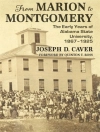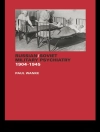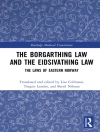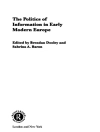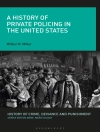The Middle Eastern bazaar is much more than a context for commerce: the studies in this book illustrate that markets, regardless of their location, scale, and permanency, have also played important cultural roles within their societies, reflecting historical evolution, industrial development, social and political conditions, urban morphology, and architectural functions. This interdisciplinary volume explores the dynamics of the bazaar with a number of case studies from Cairo, Damascus, Aleppo, Nablus, Bursa, Istanbul, Sana’a, Kabul, Tehran, and Yazd. Although they share some contextual and functional characteristics, each bazaar has its own unique and fascinating history, traditions, cultural practices, and structure. One of the most intriguing aspects revealed in this volume is the thread of continuity from past to present exhibited by the bazaar as a forum where a society meets and intermingles in the practice of goods exchange-a social and cultural ritual that is as old as human history.
Tabella dei contenuti
Foreword and acknowledgements
Chapter 1
Culture and Politics of Commerce: Bazaars in the Islamic World
Mohammad Gharipour
Chapter 2
Ideal-Type and Urban History: The Development of the Suq in Damascus
Nasser Rabbat
Chapter 3
Making of the Old City: Suq al-Hamidiyeh in Damascus
Faedah Totah
Chapter 4
Commerce in the Emerging Empire: Formation of the Ottoman Trade Center in Bursa
Özlem Bagbanci
Chapter 5
Continuity of the Social Space: The Khan al-Jumruk within the Bazaars of Aleppo
Janet Starkey
Chapter 6
Changing Functions and Symbolic Centrality: The Suqs of Sana’a
Franck Mermier
Chapter 7
Crafts and Trade: Public Markets in Nablus
Naseer Arafat
Chapter 8
From Pre-Industrial to Industrial: Bazaars versus Workshops in Kabul
Marcus Schadl
Chapter 9
Politics and Patronage: The Evolution of the Sara-ye Amir in the Bazaar of Tehran
Fatema Soudavar Farmanfarmaian
Chapter 10
On the Route to Modernity: The Case of the Valide Khan of Istanbul
Andrea Duranti
Chapter 11
Form and Function: Politics and the Morphology of the Bazaar in Yazd
Ali Modarres
Chapter 12
New Trinkets in Old Spaces: Cairo’s Khan al-Khalili and the Question of Authenticity
Anna Madeuf and Marika Snider
Bibliography
Circa l’autore
Mohammad Gharipour
teaches at the College of Architecture and Urban Planning at Morgan State University. He has published widely on the history of Islamic architecture and urban design, and is the director and founding editor of the
International Journal of Islamic Architecture.


